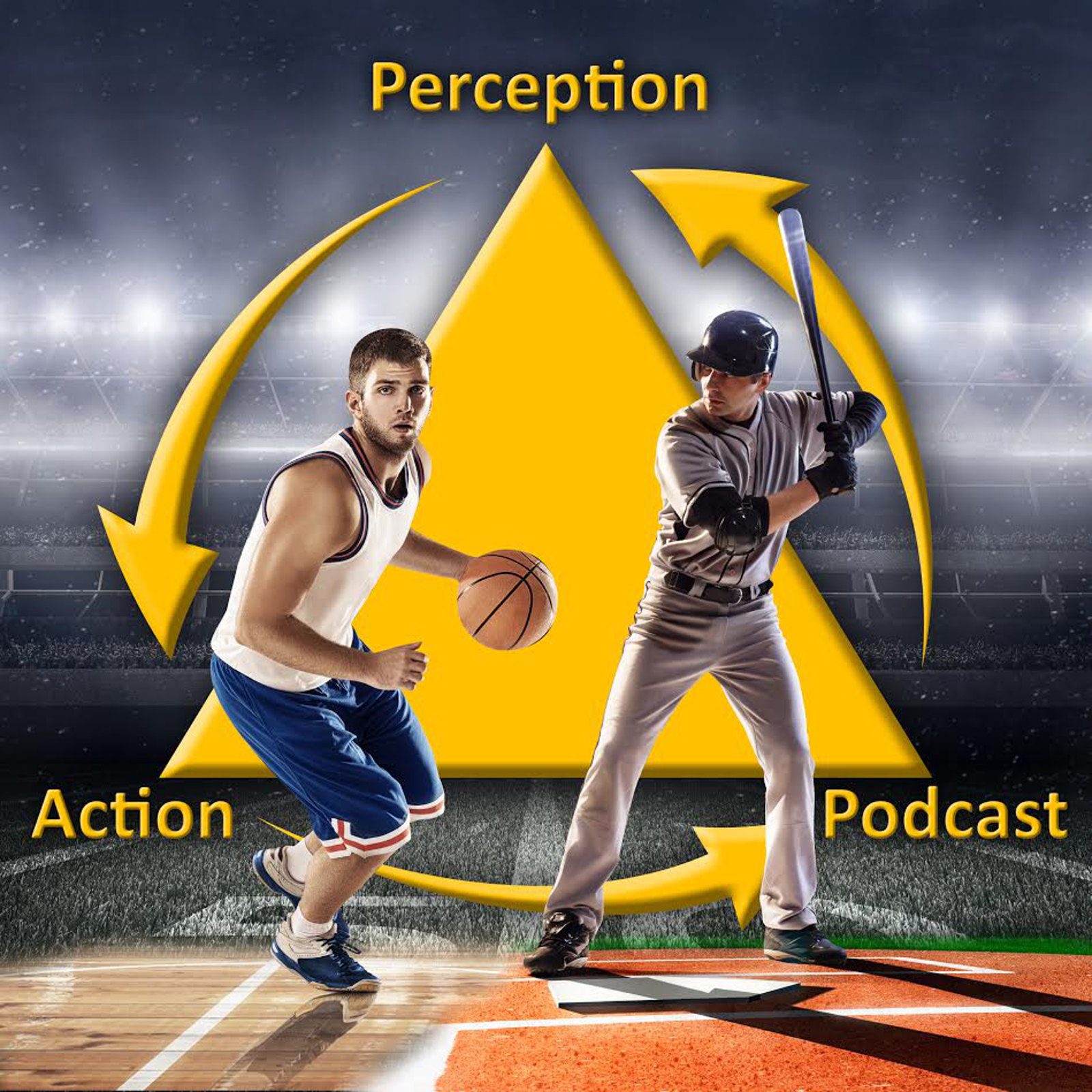23
How do drivers decide whether or not it is safe to make a turn in front of an oncoming car or overtake and pass a more slowly moving vehicle? Why are these situations so dangerous?
Do athletes have a higher tolerance for pain than non-athletes? (Time: 20:57)
Download link
Key points
• Making across path (left in North American, right in the UK) turns and overtaking are two of the most dangerous maneuvers in driving. They account for a high number of fatalities even though they are made relatively rarely.
• Both of these situation involve the driver assessing whether the gap (e.g., between the oncoming vehicle and the intersection) is large enough
• Initially it was assumed that drivers decision to go or not go in these situations were based on the temporal gap which is the difference between the time to collision of the approaching vehicle and the time required to complete the maneuver. If this temporal gap is relatively large it is safe for the driver to go and it is assumed they will accept the gap
• Research has shown, however, that drivers do not seem to use this consistently as there is high variability in the temporal gaps accepted both between and within drivers, and drivers go/no-go decisions seem to depend on a variety of other variables including the speed, distance and size of the oncoming car and the amount of time they have been waiting
• Part of the reason drivers are not just use the temporal gap is that the information for judging part of it (the time to collision of the oncoming vehicle) can be weak in some situations. Specifically, for large distances the rate of increase of the image size of the approaching vehicle may be below the perceptual threshold so that tau cannot be used
• After driving on a long straight road for an extended period without moving one’s eyes around, motion adaptation can occur. This can lead to the time to collision of an oncoming vehicle being overestimated resulting in driver making unsafe go decisions in overtaking
• Very little is known about how drivers judge their action capabilities (e.g. the time required to overtake) in these situations
Motion aftereffect demo:
Links to articles discussed:
Processes and countermeasures in overtaking road accidents
Multidisciplinary in-depth investigations of head-on and left- turn road collisions
Factors influencing driver’s left turn decisions
Scaling of relative velocity between vehicles
Perceptual-motor control strategies for left-turn execution
Risky driving behavior: a consequence of motion adaptation for visually guided motor action
Perceptual Processes Used by Drivers During Overtaking in a Driving Simulator
An Affordance-Based Approach to Visually Guided Overtaking
Pain perception in athletes compared to normally active controls: A systematicreview with meta-analysis
More information:
My Research Gate Page (pdfs of my articles)
My ASU Web page
Podcast Facebook page (videos, pics, etc)
Twitter: @Shakeywaits
Email: robgray@asu.edu
Credits:
The Flamin’ Groovies – Shake Some Action
The Monitors – Turn it On
Wheels of Fire – Turning into You
J Burn – Waiting
The Wingdale Community Singers – Passing Stranger
Haji Mike – Pain Pain Gain Gain
Eric & Magill – I Feel Your Pain
via freemusicarchive.org and jamendo.com
